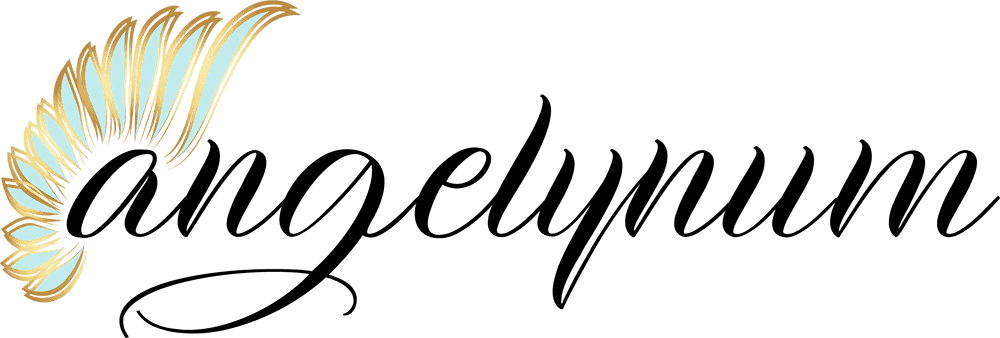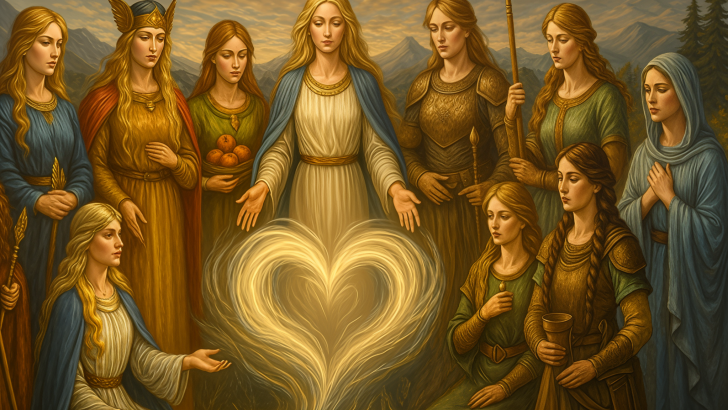In Norse mythology, Norse goddesses aren’t just celestial figures—they’re beacons of resilience, compassion, and radical self‑love.
When trauma leaves us feeling fragmented, their timeless tales light a path toward healing by modeling strength, boundaries, and renewal.
Dive into these ten divine women and discover the self‑love lessons that can mend even the deepest wounds.
1. Freya
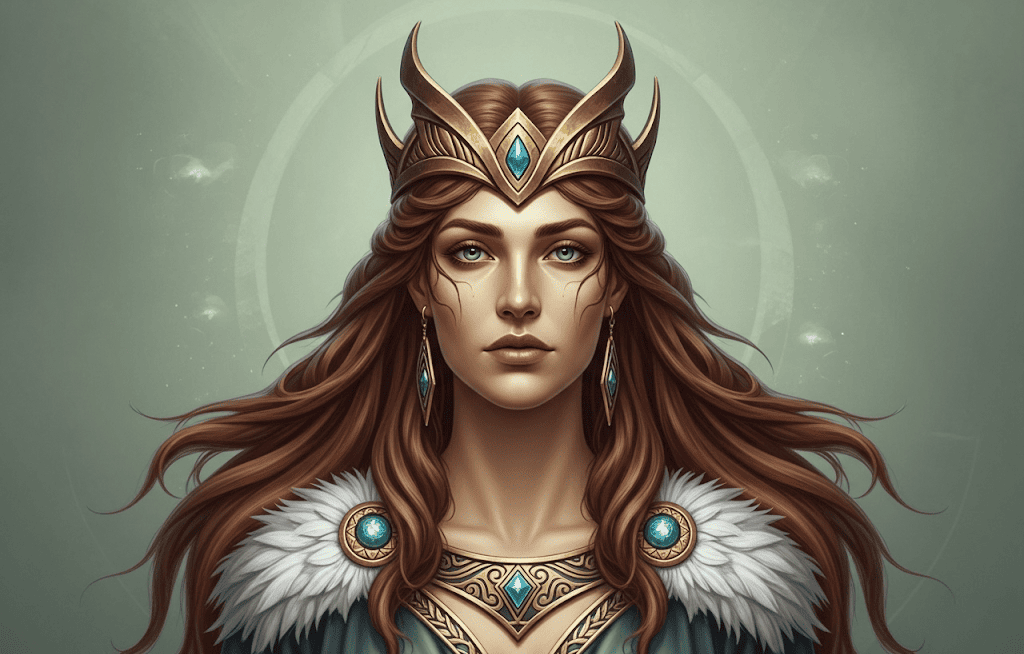
Freyja, the Norse goddess of love, fertility, and beauty, reminds us that self‑love often begins with celebrating our deepest passions.
She embodies fierce devotion to what her heart wants, teaching that trauma can be soothed when we accept joy.
By honoring your creativity, desires, and inner fire, you break the cycle of self‑denial that trauma enforces.
Freyja’s myth assures us that embracing authentic pleasures—be it art, adventure, or simple moments of delight—is a radical act of healing, forging courage to love yourself fully again.
2. Frigg
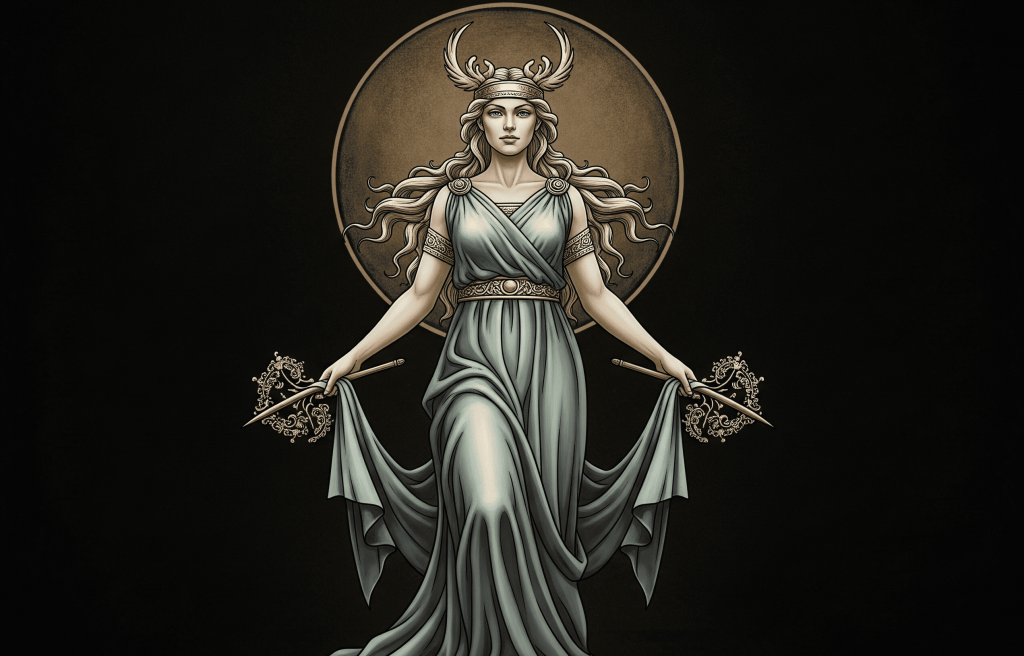
Frigg, the queen of the Æsir and goddess of foresight, shows us that nurturing ourselves is as vital as caring for others.
Her role as protector and caregiver teaches that rest, intuitive self‑care, and trusting our inner guidance nurture deep healing.
By allowing pauses, honoring personal boundaries, and listening to your intuitive whispers, you honor Frigg’s lesson: that self‑love grows in the gentle space where patience, rest, and compassion converge after trauma.
3. Sif
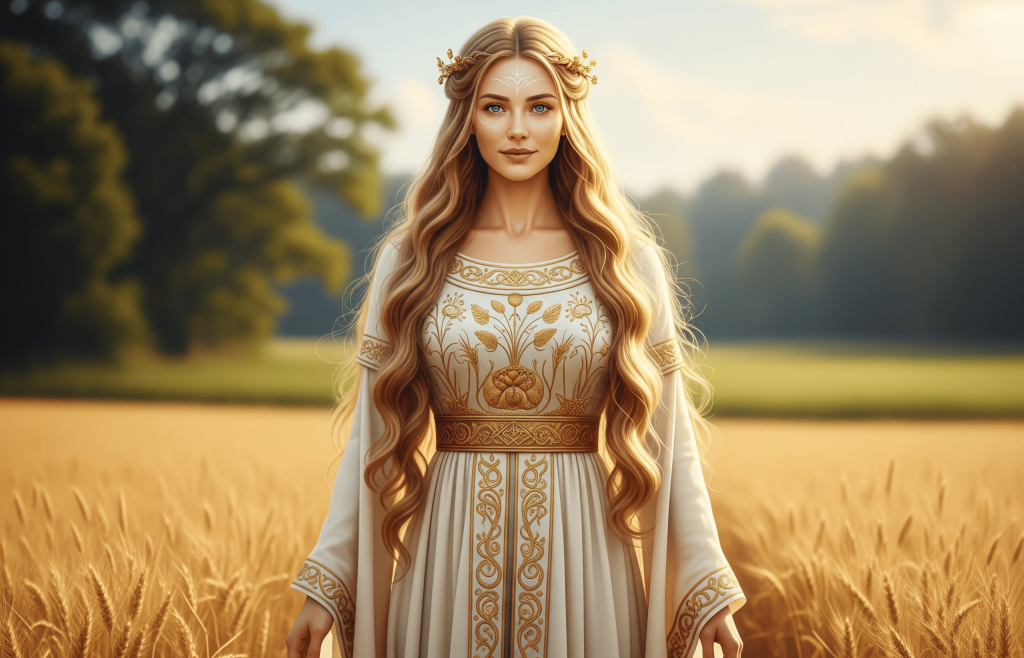
Sif, the radiant earth goddess known for her golden hair, reminds us that reclaiming personal power is a vital act of self‑love.
When Loki famously shorn her hair as a gesture of chaos, she confronted vulnerability with grace, showing that our roots and identity are sacred.
By tending to our heritage, honoring strengths, and standing tall in our truth, we cultivate a fierce self‑worth.
Sif’s lesson demonstrates that embracing your story, wounds included, is the strongest form of self‑respect and the foundation for healing trauma.
4. Skadi
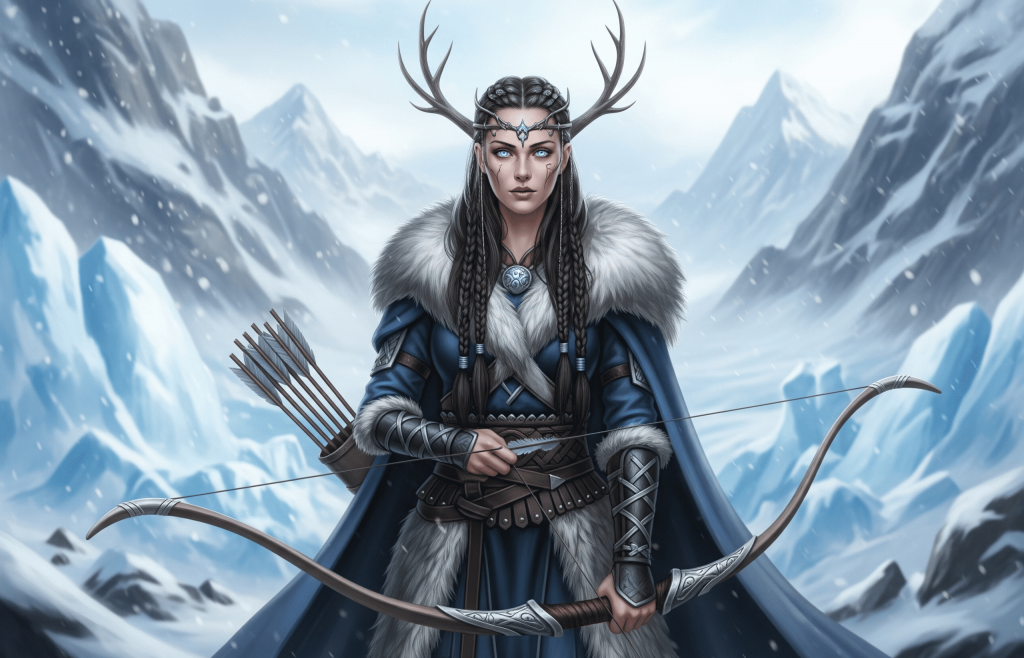
Skadi, the fierce goddess of winter and mountains, embodies resilience through embracing life’s wild challenges.
After seeking justice in Asgard, she chose independence over compromise, teaching that stepping into discomfort can forge inner strength.
Her journey—leaving the Hall of the Gods to thrive among frost and snow—encourages trust in your capacity to flourish amid storms.
In her footsteps, we learn that self-love often means asserting our needs and honoring the courage to stand alone.
5. Idunn
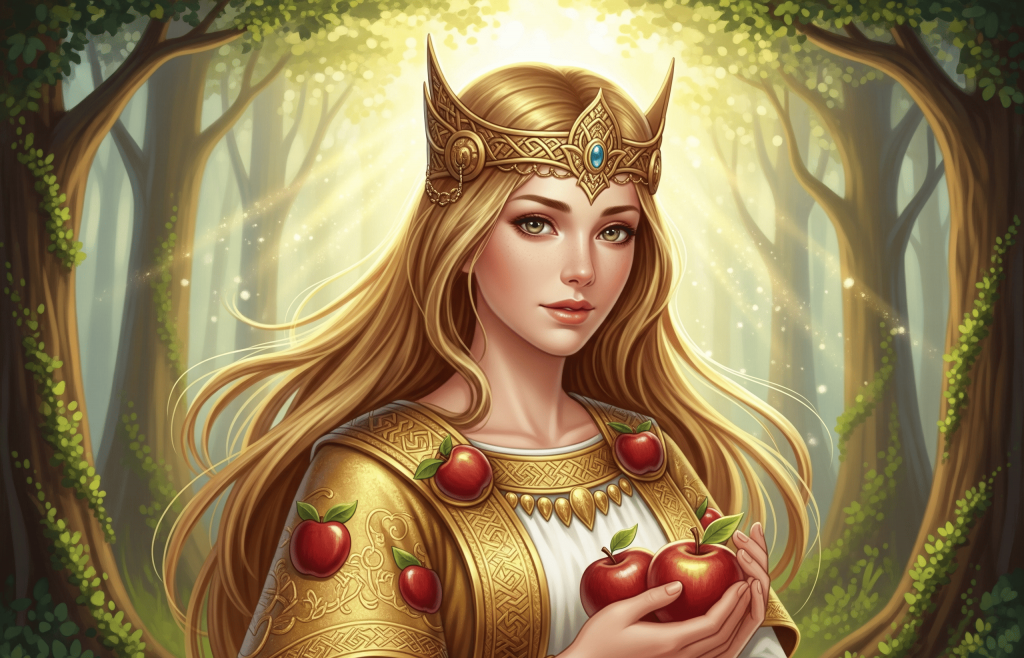
Idunn, keeper of the golden apples, granting eternal youth, teaches that daily renewal is an act of self‑love.
Her role in rejuvenating the gods reminds us to prioritize rituals that restore mind, body, and spirit—through meditation, nourishing meals, or restful sleep.
Trauma can leave us feeling aged beyond our years; Idunn’s lesson is that consistent nourishment, small joys, and sacred pauses rekindle our inner vitality.
6. Eir
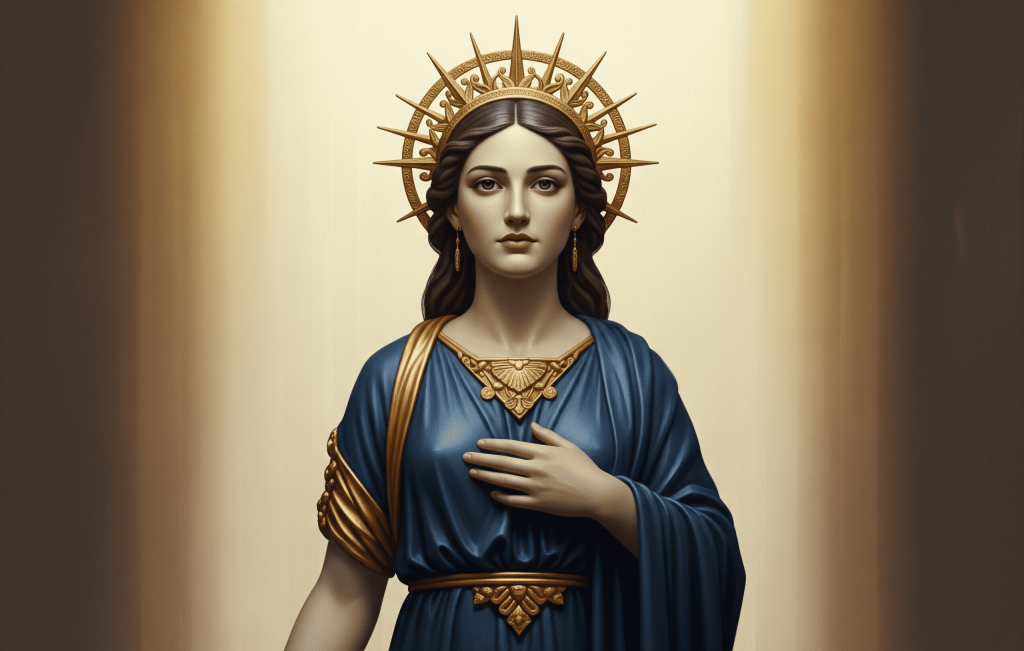
Eir, the Norse healer goddess, embodies compassion and the gentle art of mending. When battles scar the soul, her myth reminds us that seeking support is not weakness but a courageous form of self‑love.
By practicing patience and offering yourself the kindness you’d give a friend, you tend to heal inner hurts with empathy.
Her story encourages the belief that healing rituals—like journaling or mindful movement—can restore strength.
7. Sigyn
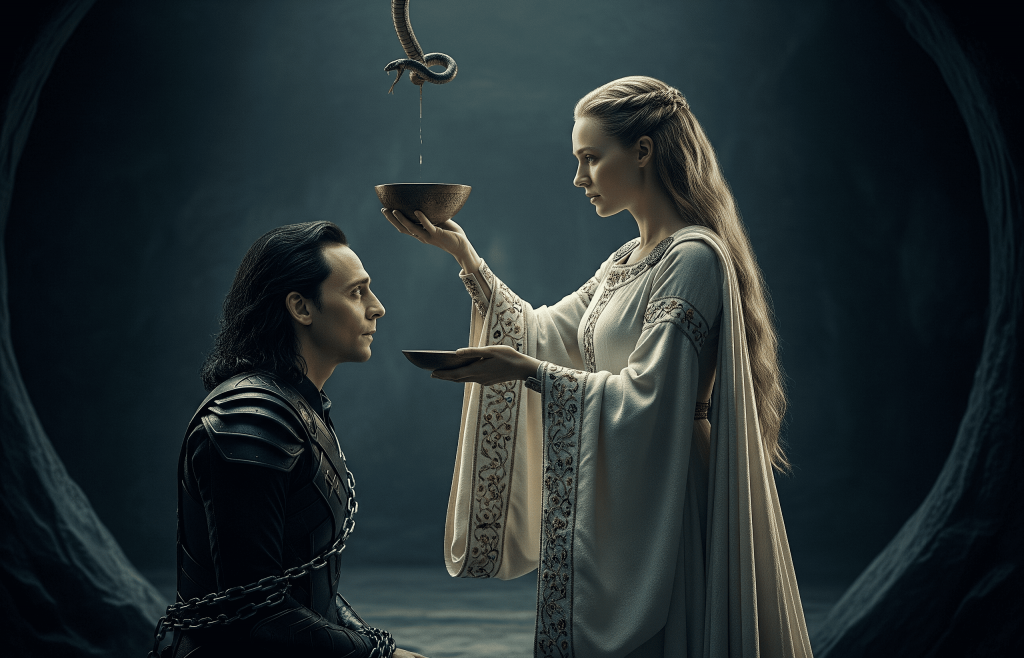
Sigyn, loyal wife of Loki, embodies steadfast compassion and the power of forgiveness.
As she cradles venom dripping upon Loki—even at her own peril—her myth reveals that self‑love includes honoring loyalty to ourselves before others.
She shows that setting boundaries, even in love, is an act of sacred preservation.
Her unwavering devotion teaches that true self‑love sometimes means stepping away when love no longer uplifts, reminding us that compassion begins within.
8. Nanna
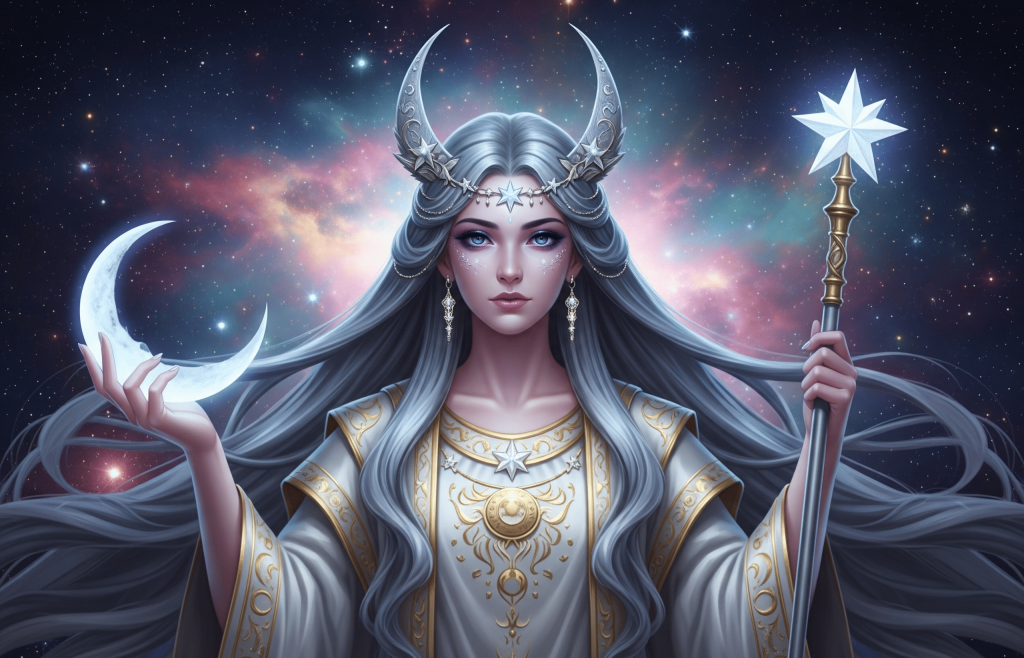
Nanna, beloved wife of Baldr, exemplifies the sacred nature of grief and renewal. When Baldr died, she followed him to Hel, showing that honoring sorrow is integral to healing trauma.
Her journey teaches that allowing tears, rituals of mourning, and remembrance can transform despair into growth.
Nanna’s story encourages creating personal memorials like writing letters, lighting candles, or gathering to grieve.
9. Gefjon
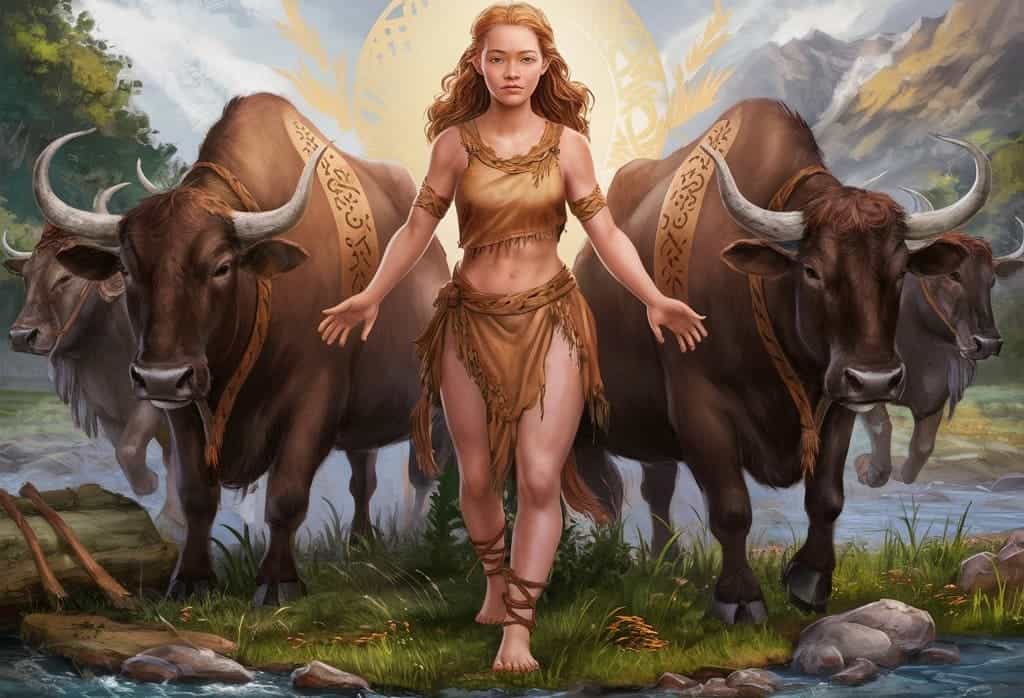
Gefjon, the plow goddess, defines transformative self‑love through mastery of creation.
When she carved Sweden’s Lake Vänern from the earth, she showed that planting new seeds—both literal and metaphorical—can grow hope from barren ground.
Her myth invites envisioning fresh starts: choosing new projects, friendships, or self‑care rituals that nurture dreams.
Her energy reminds us that even in life’s hardest seasons, nurturing small changes leads to abundant personal growth.
10. Hlin
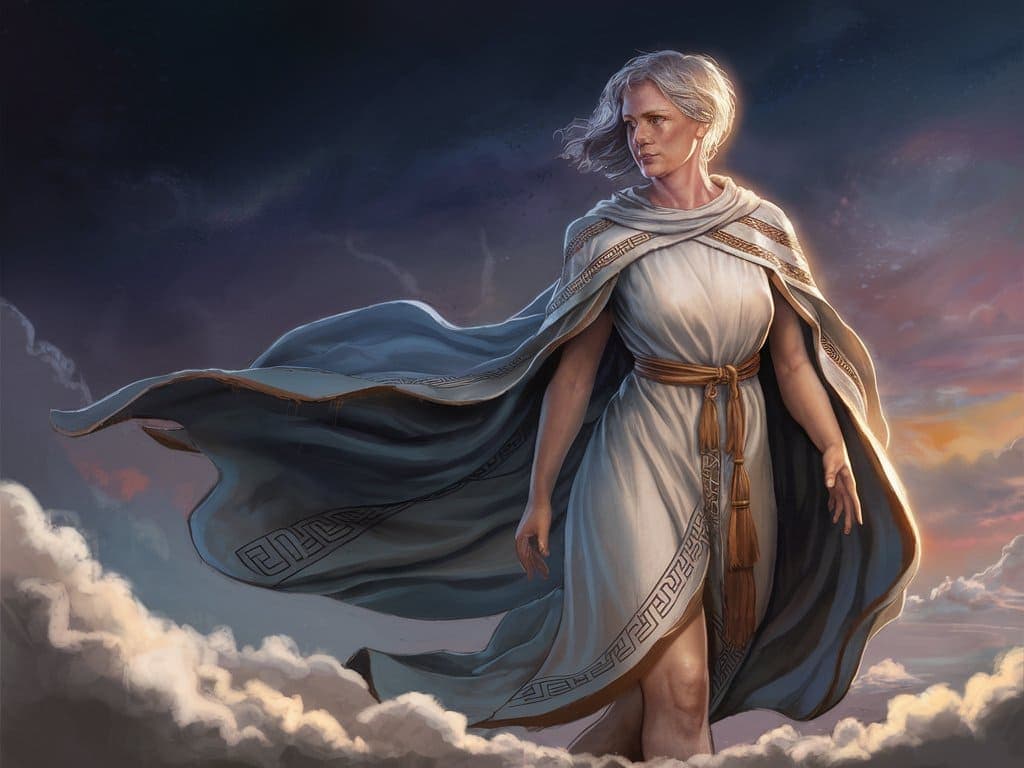
Hlin, the goddess of protection and solace, teaches that self‑love flourishes in community.
When danger threatened Baldr, she offered sanctuary and comfort, symbolizing the power of reaching out for warmth, understanding, and shared strength.
Her myth assures us that healing trauma isn’t solitary: inviting trusted friends, mentors, or support groups into our lives fortifies our hearts.
Through Hlin’s grace, we learn that mutual support and shared healing rituals—like group meditation or creative workshops—amplify our journey toward wholeness.

私は生まれたときから、常に神との強いつながりを感じていた。作家として、また指導者として、私の使命は、人々が最も暗い時代に愛と幸福と内なる強さを見つけるのを助けることである。
